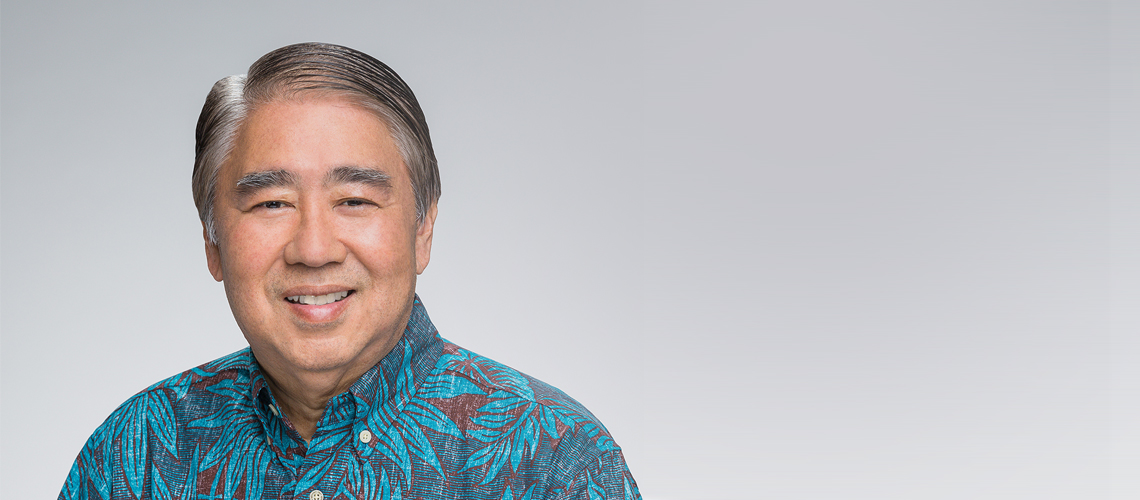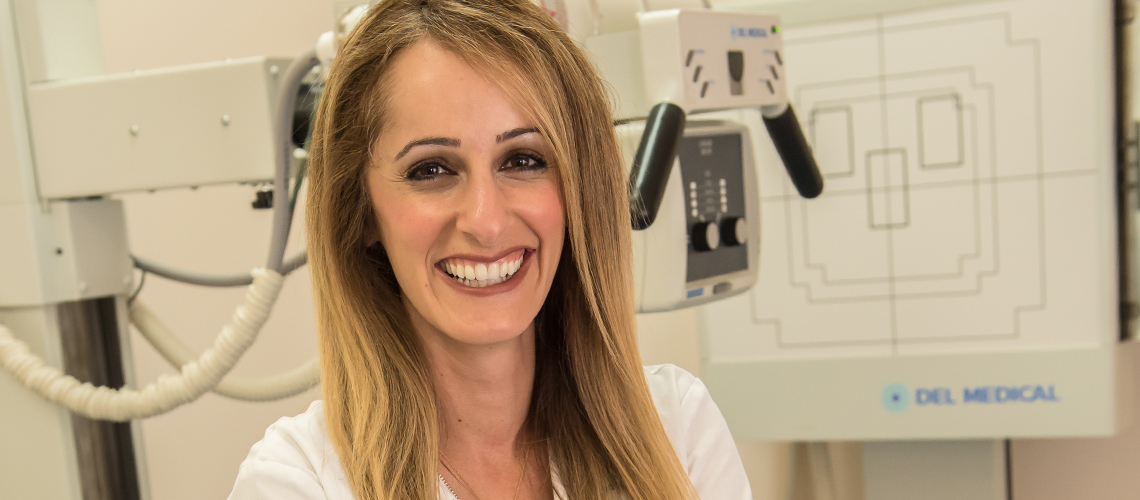How has information technology changed the health care industry in Hawai‘i?
Information technology has improved the quality of patient care and safety, the delivery of health care services to the community and the efficiency and effectiveness of the operations of health care providers. IT has helped the health care industry progress into the digital world through a number of significant IT applications, including electronic health records or electronic medical records, digital imaging, decision support for clinicians, use of mobile devices and online patient portals.
From my perspective, Hawai‘i’s health care industry is on par with its mainland industry peers in implementing new technologies, including state-of-the-art diagnostic imaging and clinical interventional equipment and devices, implementing the electronic health record and preparing for the interoperability of health information as mandated by the federal government.
What are the pros and cons of consumer-driven health care?
Consumer-driven health care is a health plan that allows covered members to use tax-exempt health savings accounts to pay for services based on their own decisions about the care they require. The health plan provides greater access to health insurance coverage through low premiums and high deductibles. The pros include reduced spending by the employer for employee health care coverage and incurred savings for employees who are generally healthy and who do not spend their health savings accounts on unnecessary health care services. The power of making decisions on needed health care services is placed in the hands of employees. However, employees may not have access to reliable information in order to make informed decisions and may not seek needed health care services because they have concerns about their ability to pay for them.
















